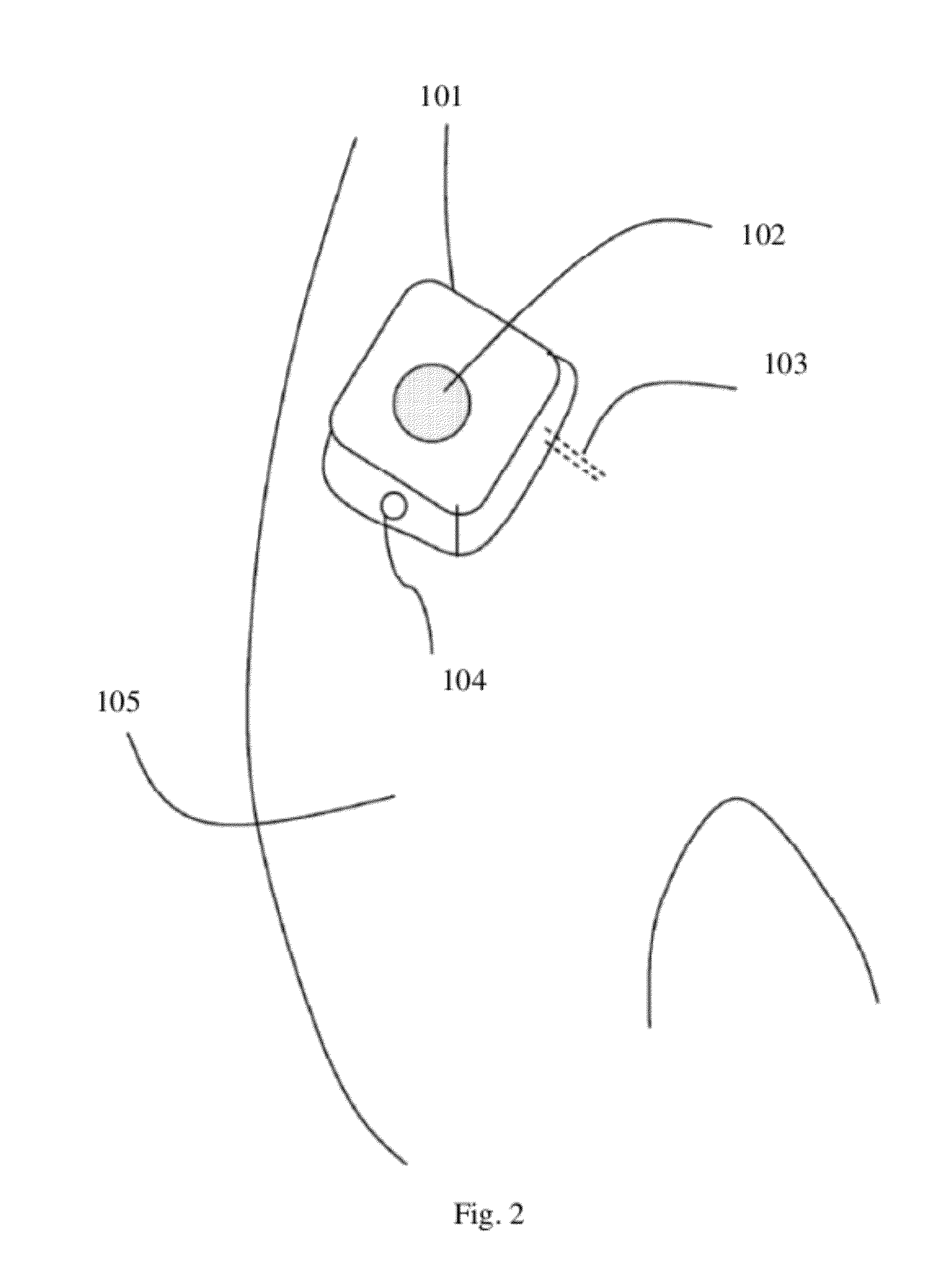Systems and methods for therapy of kidney disease and/or heart failure using chimeric natriuretic peptides
a technology of kidney disease and chimeric natriuretic peptide, which is applied in the field of therapies, can solve the problems of poor delivery properties of peptides, increased redox resistance of nesiritide in the immediate postoperative period, and increased redox resistance of peptides, so as to facilitate cardiovascular fluid homeostasis, improve dyspnea, and reduce the effect of elevated filing pressur
- Summary
- Abstract
- Description
- Claims
- Application Information
AI Technical Summary
Benefits of technology
Problems solved by technology
Method used
Image
Examples
example 1
Subcutaneous Bolus Injection of CD-NP Peptide
[0315]One possible and non-limiting study that can be performed to examine the pharmacokinetics and pharmacodynamics of the CD-NP peptide following a subcutaneous (SQ) bolus injection. The subjects for the study can be those suffering from acute decompensated heart failure (ADHF), falling into NYHA Class III of N. Additional criteria include that the subjects be 18 years old or older with systolic function of less than 45%, as determined by trans-thoracic echocardiogram. Exclusions can be made for myocardial infarction (MI) or high risk coronary syndrome.
[0316]Twelve subjects suffering from acute decompensated heart failure (ADHF) can be dosed at 6000 ng / kg via a single subcutaneous injection. This total dose is equivalent to a 100 ng / kg·min intravenous (IV) dose, but the area under the curve (AUC) exposure can be different due to the differences between the subcutaneous and IV infusion routes. Blood samples for CD-NP plasma (or serum) le...
example 2
Infusion of CD-NP Peptide
[0319]Preliminary observations suggest that typical individuals display a relatively low half-life of elimination for the CD-NP chimeric natriuretic peptide from the plasma. In healthy individuals, the half-life for elimination is believed to be about 19 minutes. In certain embodiments of the invention, elimination half-life may range from about 5 to 240 minutes, as represented by the range from n to (n+i) minutes, where n={xε|5≦x≦240}, and i={yε|0≦y≦(240−n)}. As such, it is possible to model the course of plasma levels for the chimeric natriuretic peptide during the process of infusion and to model the steady state plasma level for the chimeric natriuretic peptide.
[0320]In certain embodiments of the invention, elimination half-life may range from about 5 to 60 minutes, as represented by the range from n to (n+i) minutes, where n={xε|5≦x≦60}, and i={yε|0≦y≦(60−n)}. Elimination Half-life may vary between individual subjects and depend upon the physiological s...
example 3
Infusion of CD-NP Peptide
[0327]Subjects can vary in the half-life for elimination of the chimeric natriuretic peptide depending upon physiological condition. In particular, subjects can exhibit a half-life for elimination greater than or less than 19 minutes, as previously described. Change in the half-life for elimination can have an effect on the steady state plasma level for the chimeric natriuretic peptide reached for any particular dosing regimen.
[0328]One non-limiting example is FIG. 5 showing an 80 kg subject having a 6 L VOD for the chimeric natriuretic peptide is modeled having a 45 minute half-life for elimination of the peptide. The subject is infused by IV at a rate of 2.5, 10, 17.5, or 25 ng / kg·min of the chimeric natriuretic peptide for a period of 12 hours. In the model shown in FIG. 1, a dosing regimen of 25 ng / kg·min yields a steady state plasma level of about 9.8 ng / mL. However, when the half-life for elimination is increased to 45 minutes, the predicted steady sta...
PUM
| Property | Measurement | Unit |
|---|---|---|
| Weight | aaaaa | aaaaa |
| Time | aaaaa | aaaaa |
| Time | aaaaa | aaaaa |
Abstract
Description
Claims
Application Information
 Login to View More
Login to View More - R&D
- Intellectual Property
- Life Sciences
- Materials
- Tech Scout
- Unparalleled Data Quality
- Higher Quality Content
- 60% Fewer Hallucinations
Browse by: Latest US Patents, China's latest patents, Technical Efficacy Thesaurus, Application Domain, Technology Topic, Popular Technical Reports.
© 2025 PatSnap. All rights reserved.Legal|Privacy policy|Modern Slavery Act Transparency Statement|Sitemap|About US| Contact US: help@patsnap.com



